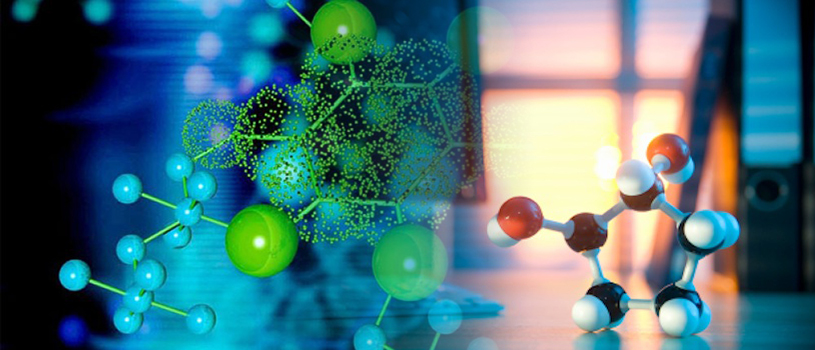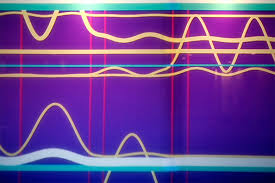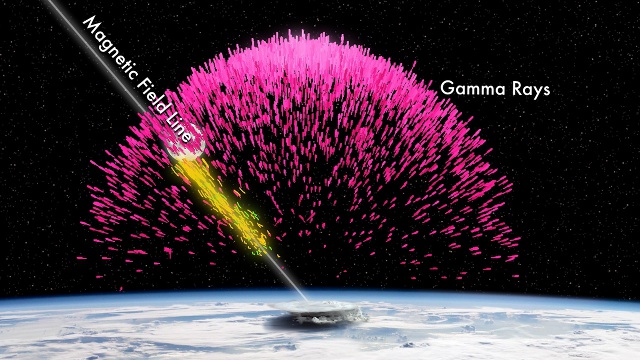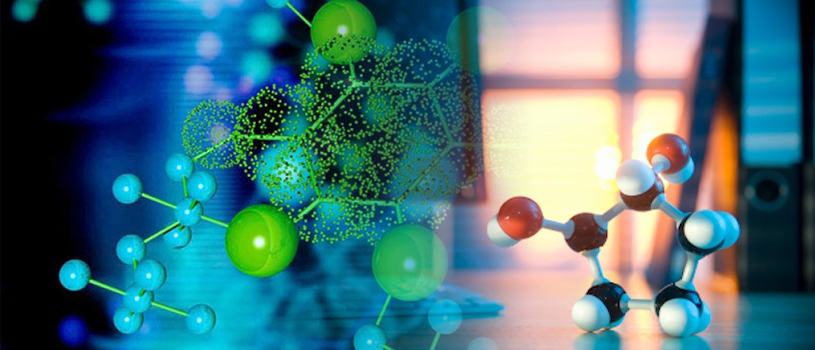
Inspired by the popular confidence trick known as

A new experiment that reproduces the magnetic fields of the Earth and other planets has yielded its first significant results. The findings confirm that its unique approach has some potential to be developed as a new way of creating a power-producing plant based on nuclear fusion -- the process that generates the sun

Physicists have discovered a new way to measure how single atoms interact with a surface. Their findings help develop nanotechnology and test new theories about the internal structure of atoms.

A non-superconducting material has been transformed into a superconductor using light, researchers report.

Researchers have developed a new approach to decoding the vast information embedded in an organism

To rebuild damaged parts of a human body from scratch is a dream that has long fired human imagination, from Mary Shelley

Researchers have placed nanocrystals of strontium telluride into lead telluride, creating a material that can harness electricity from heat-generating items such as vehicle exhaust systems, industrial processes and equipment and sun light more efficiently than scientists have seen in the past.

A Nobel Prize winning biologist has ignited controversy after publishing details of an experiment in which a fragment of DNA appeared to ‘teleport’ or imprint itself between test tubes.

New observations from the Fermi space telescope have revealed that …

In a groundbreaking achievement that could help scientists

Researchers have discovered Möbius symmetry in metamaterials -- materials engineered from artificial

The IceCube Neutrino Observatory, built over a decade at a cost of $271 million, is buried under the South Pole... and longer than the world

Wiring systems powered by highly-efficient superconductors have long been a dream of science, but researchers have faced such practical challenges such as finding pliable and cost-effective materials. Now researchers at Tel Aviv University have found a way to make an old idea new with the next generation of superconductors.

The Large Hadron Collider has successfully created a mini-Big Bang by smashing together lead ions instead of protons.